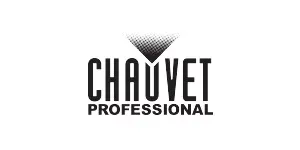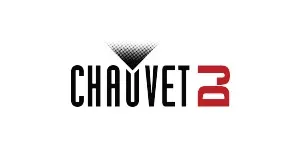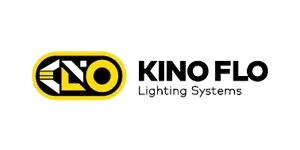ChamSys Now Supports XYZ Positioning In MagicQ Consoles And Software
SOUTHAMPTON, UK – ChamSys has added a whole new dimension (quite literally!) to building lighting designs on its award-winning MagicQ series of consoles and software. The company’s just-introduced XYZ positioning feature makes it simple for designers and programmers to achieve the looks they envision in 3D space, without getting slowed down adjusting fixture pan and tilt parameters.
Building on the company’s existing Focus Point and Focus Line, the new feature allows MagicQ users to store XYZ palettes referencing static positions, dynamic trackers, and Visualisation objects.
MagicQ supports direct import of patch and XYZ information from popular 3D Visualisation packages, such as WYSIWYG, Capture, Depence, L8, and Vectorworks. (ChamSys has recently implemented the emerging industry standard GDTF MVR protocol enabling direct import from Vectorworks.)
« Our customers often patch and pre-program their shows in advance either using our ChamSys free fully featured MagicVis visualisation or their own choice of third party visualisation packages,” said Chris Kennedy, ChamSys Software Director. “Whichever option they select, we ensure that they only have to set up the patch and the positioning of the fixtures one time to seamlessly transfer this information to MagicQ so they can take full advantage of the 3D XYZ features. »
Using MagicQ PC free software on Windows, Mac or Linux, a designer/programmer can create, visualise, and pre-program a full show of virtually any size with MagicVis or 3rd party visualiser software.
« MagicQ does not require expensive per universe external processing nodes for show playback or for pre-programming,” said Kennedy. “An entire show can be pre-programmed on a laptop without any hardware connected, which makes this feature ideal for those last- minute tour bus situations. »
Dynamic trackers can be received from external inputs over industry protocols such as Esta E1.59 Object Transform Protocol (OTP), PosiStageNet (PSN), or ChamSys simple open tracking protocol. With any of these protocols, lights can be made to follow performers automatically in real time, track lighting of moving set pieces, and make compensations for lights on moving trusses.
For those that are more adventurous, MagicQ allows the use of dynamic tracking inputs in its inbuilt automation system. Automation events can be built-up to trigger events when received Trackers move in and out of areas on the stage, allowing changes in intensities, zoom, colours or any attribute to be triggered automatically.
Areas are created simply by adding and positioning objects such as rectangle and circular forms into MagicVis. The user can choose whether events snap in and out as the Tracker enters the object area, or changes proportionality as the Tracker moves from the edge to the centre of the object.
« ChamSys has always been committed to leading edge software features and has been a strong supporter of third-party open protocols,” said Kennedy.
The company’s support for XYZ Trackers, OTP and MVR maintains this tradition, offering our customers excellent system integration opportunities. »
ChamSys MagicQ software can be downloaded from https://chamsys.co.uk/mqdownload/
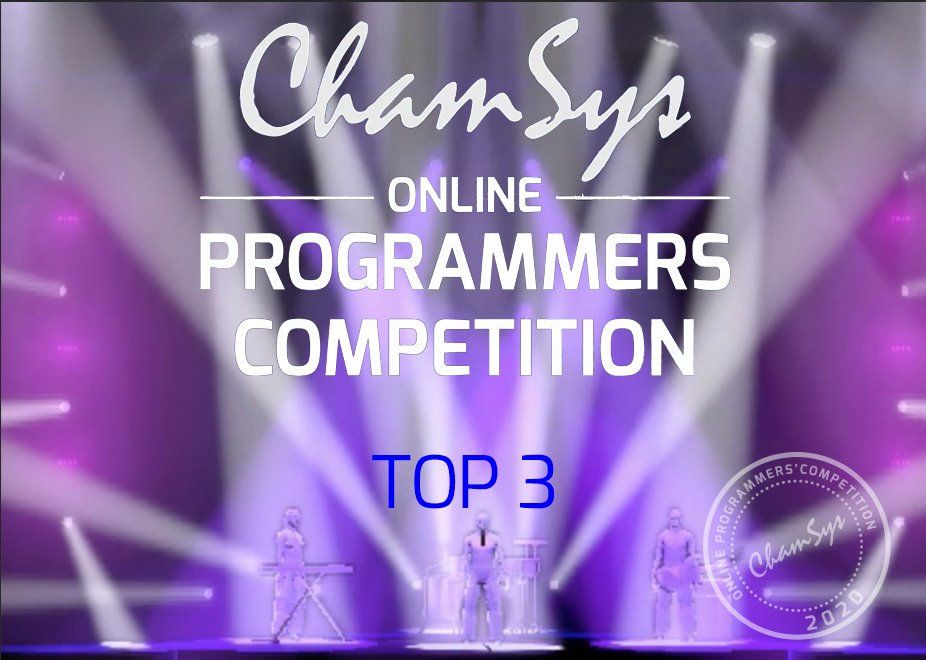



 These considerations led them to pack two
These considerations led them to pack two 





 Although purely virtual and not good for admittance to any show, each tour pass is customized for Murph’s friends, with their name, as well as job title, which is some form of “House Integration Specialist.”
Although purely virtual and not good for admittance to any show, each tour pass is customized for Murph’s friends, with their name, as well as job title, which is some form of “House Integration Specialist.” Murph is gratified that his “world tour” is making a difference in the lives of people close to home. He’s also grateful that it gives him the opportunity to work his console. “I have been touring with a MQ500 since 2017, right when they came to the United States,” he said. “From what has been told to me, I was the second person in the States to take delivery of the MQ500 and the first to take one on a North American Tour.”
Murph is gratified that his “world tour” is making a difference in the lives of people close to home. He’s also grateful that it gives him the opportunity to work his console. “I have been touring with a MQ500 since 2017, right when they came to the United States,” he said. “From what has been told to me, I was the second person in the States to take delivery of the MQ500 and the first to take one on a North American Tour.”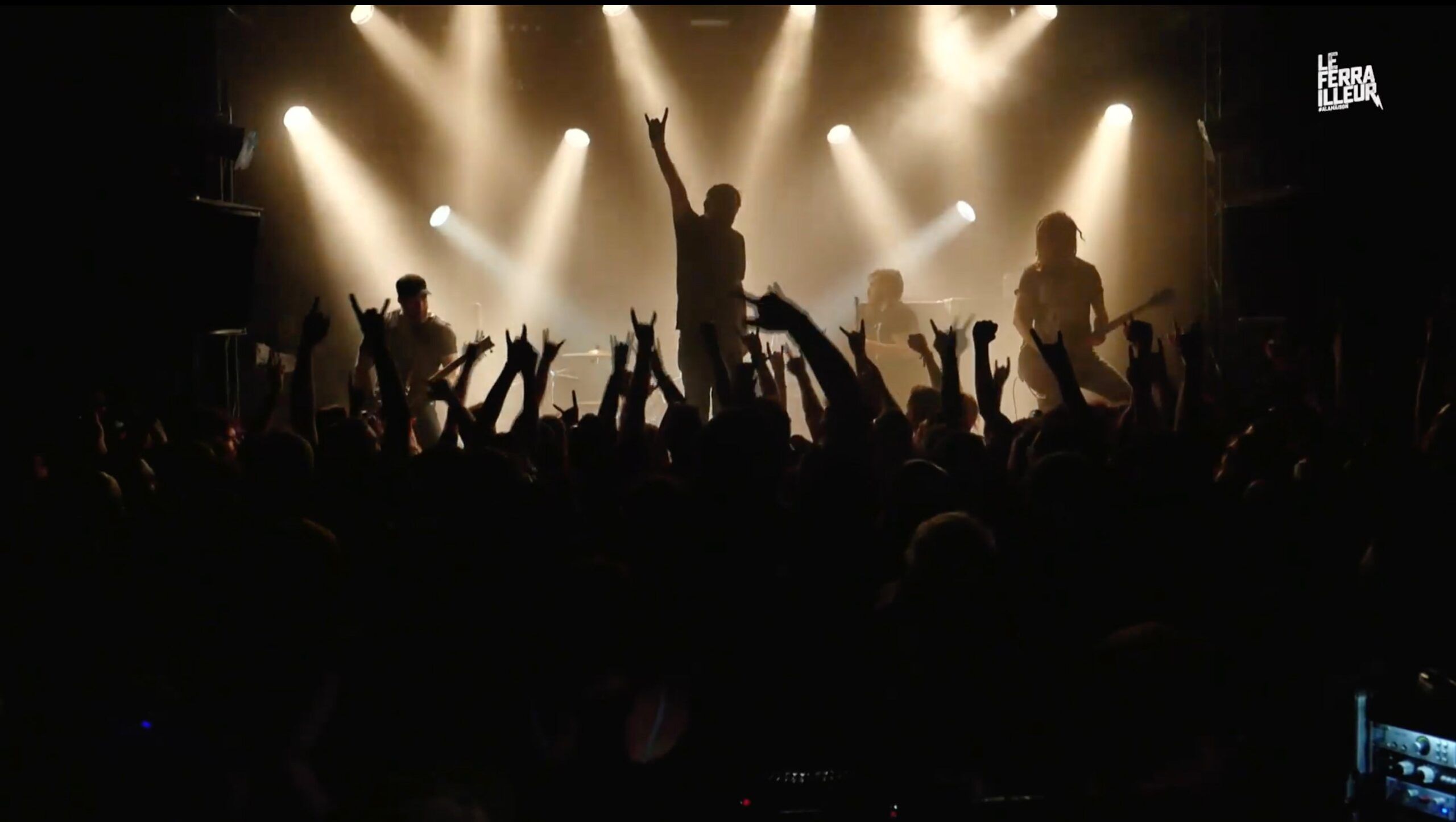




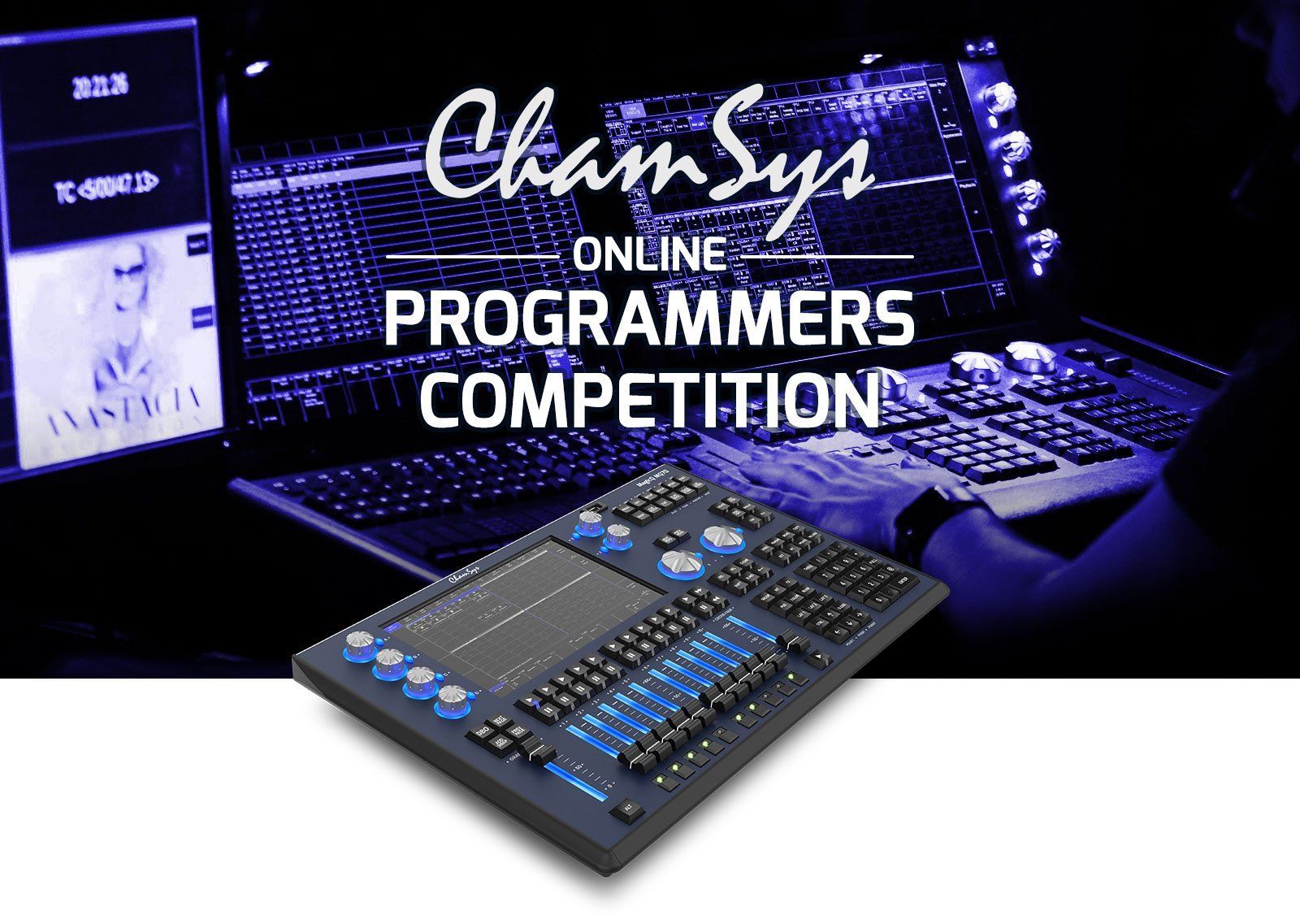


 Just ask Lighting Director and Operator Jason Hyne, who is running the boards for the show, which was designed by Rob Sinclair. A ChamSys user since 2013, Hyne is working with the MQ500 for the first time on the Ducks tour, and finds that the console has greatly enhanced his work.
Just ask Lighting Director and Operator Jason Hyne, who is running the boards for the show, which was designed by Rob Sinclair. A ChamSys user since 2013, Hyne is working with the MQ500 for the first time on the Ducks tour, and finds that the console has greatly enhanced his work. “I was very impressed with Adlib’s new programming suite, as well as team account handler Jordan Willis, and the lighting team of Kev Byatt, Paul Hyne and Oli Gorman,” said Hyne. “As you would expect, the
“I was very impressed with Adlib’s new programming suite, as well as team account handler Jordan Willis, and the lighting team of Kev Byatt, Paul Hyne and Oli Gorman,” said Hyne. “As you would expect, the 

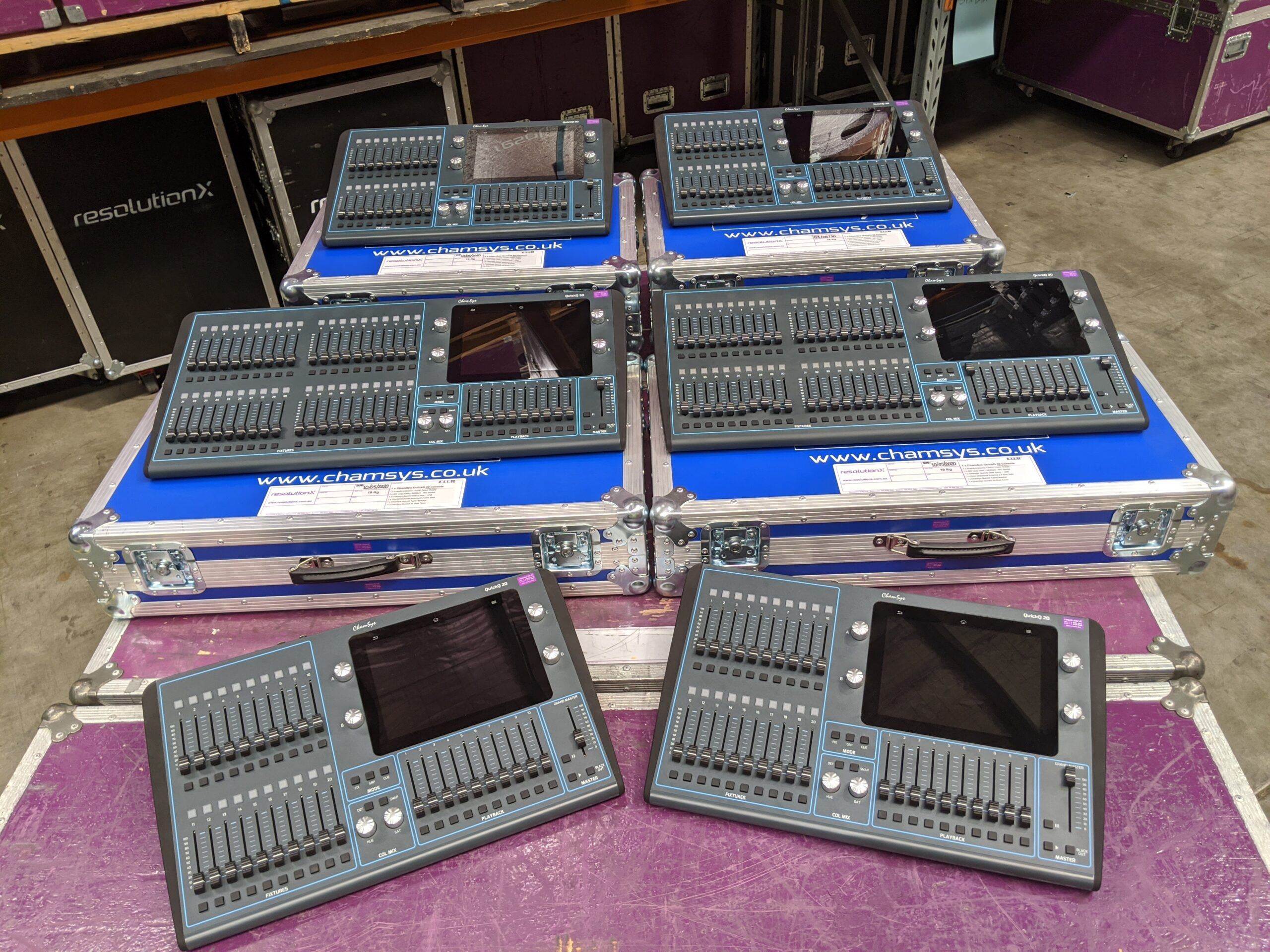

 When Iwan ran the boards during the festival he was grateful that he could work with playbacks and preset faders without swapping between modes, which made it easier to busk. “We did a lot of busking, because many of the bands gave us their song lists only at the last minute,” he said. “This is when you really appreciated that the ChamSys is so user-friendly.”
When Iwan ran the boards during the festival he was grateful that he could work with playbacks and preset faders without swapping between modes, which made it easier to busk. “We did a lot of busking, because many of the bands gave us their song lists only at the last minute,” he said. “This is when you really appreciated that the ChamSys is so user-friendly.”



 Ho was also impressed with how smoothly his console worked with the different brands of washes in his rig. “We had three different brands represented, almost evenly,” he said “It was quite a task to make sure we had the correct color balances across this diverse rig. This was especially important because we had to watch our colors for our video cameras.”
Ho was also impressed with how smoothly his console worked with the different brands of washes in his rig. “We had three different brands represented, almost evenly,” he said “It was quite a task to make sure we had the correct color balances across this diverse rig. This was especially important because we had to watch our colors for our video cameras.”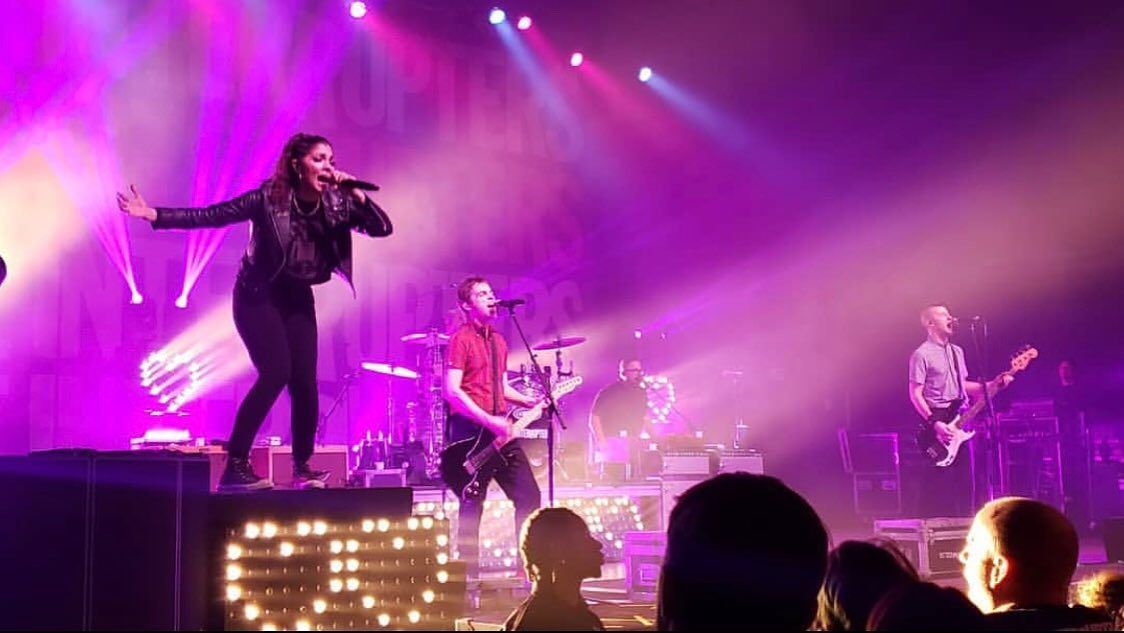



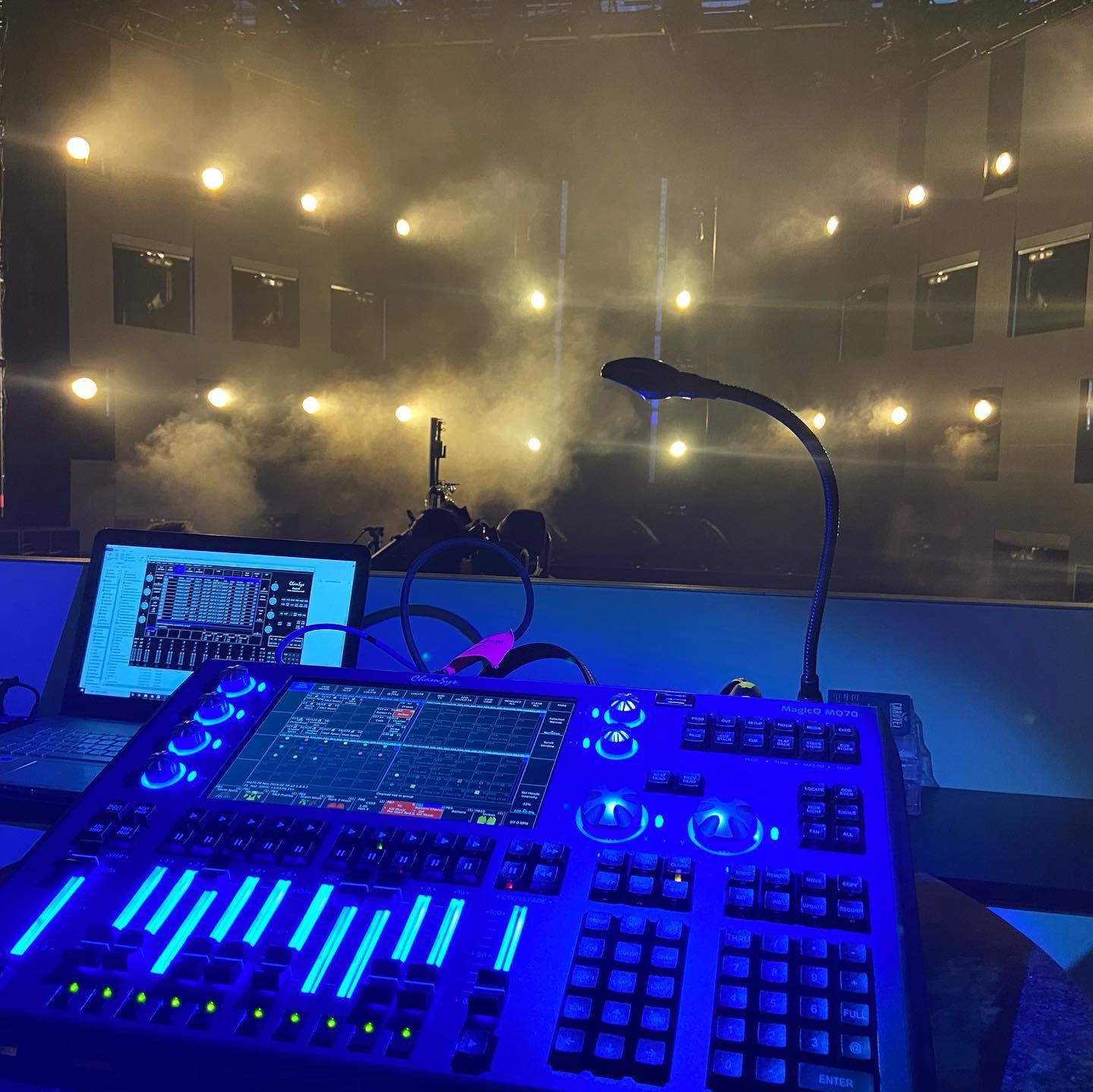







 The Arf & Yes lightshow was more than just grand in its scale. Its power to move the audience also emanated from the artful balance of its design. Brilliant shafts of light that rained down on the stage endowed the show with an evocative translucent quality. The triangular configuration of lights on three levels positioned over the stage, created a sense of depth. As these mesmerizing looks were being created, deft key lighting seamlessly supported each of the 36 songs from the north and south of China that were performed at the event.
The Arf & Yes lightshow was more than just grand in its scale. Its power to move the audience also emanated from the artful balance of its design. Brilliant shafts of light that rained down on the stage endowed the show with an evocative translucent quality. The triangular configuration of lights on three levels positioned over the stage, created a sense of depth. As these mesmerizing looks were being created, deft key lighting seamlessly supported each of the 36 songs from the north and south of China that were performed at the event.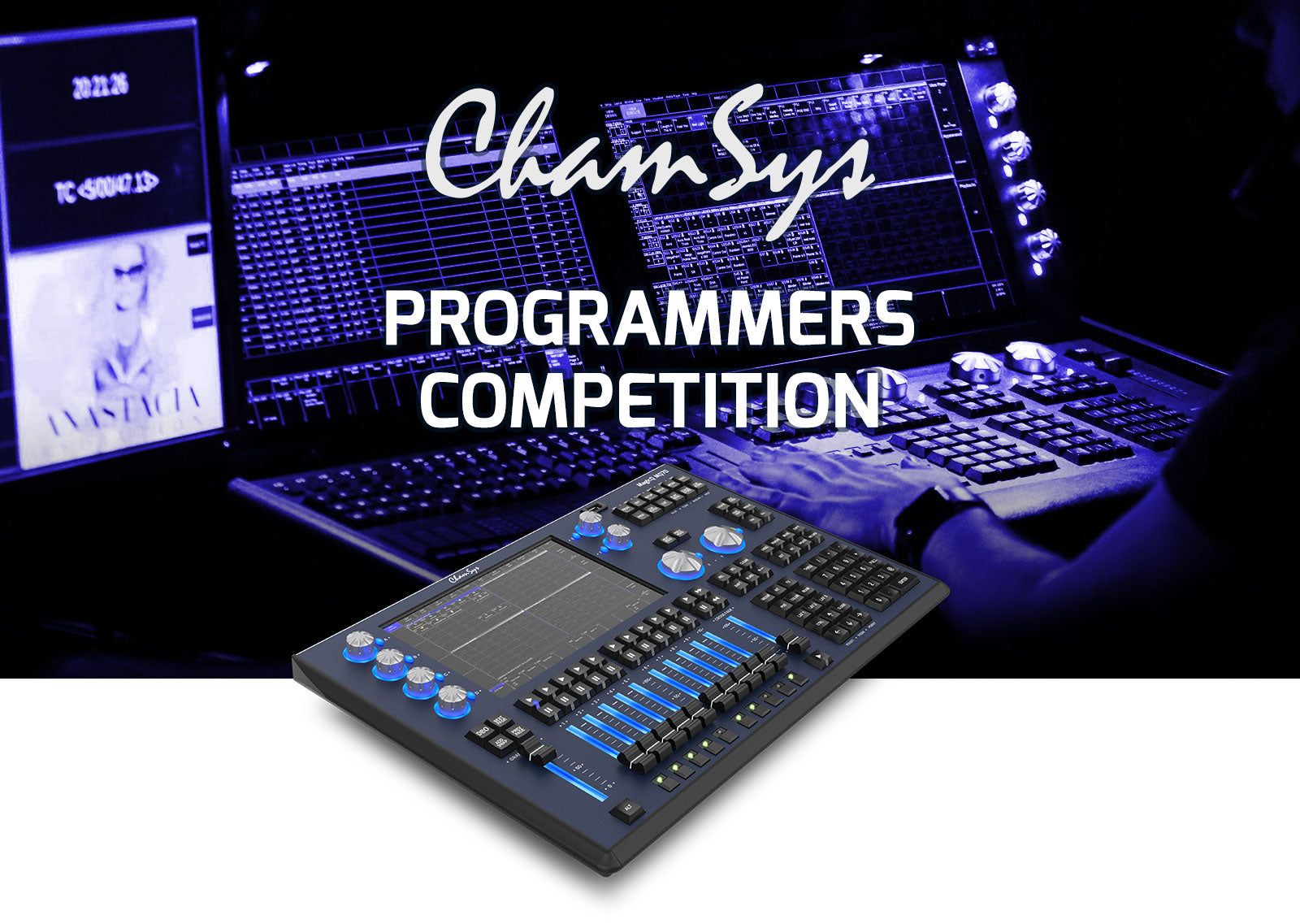




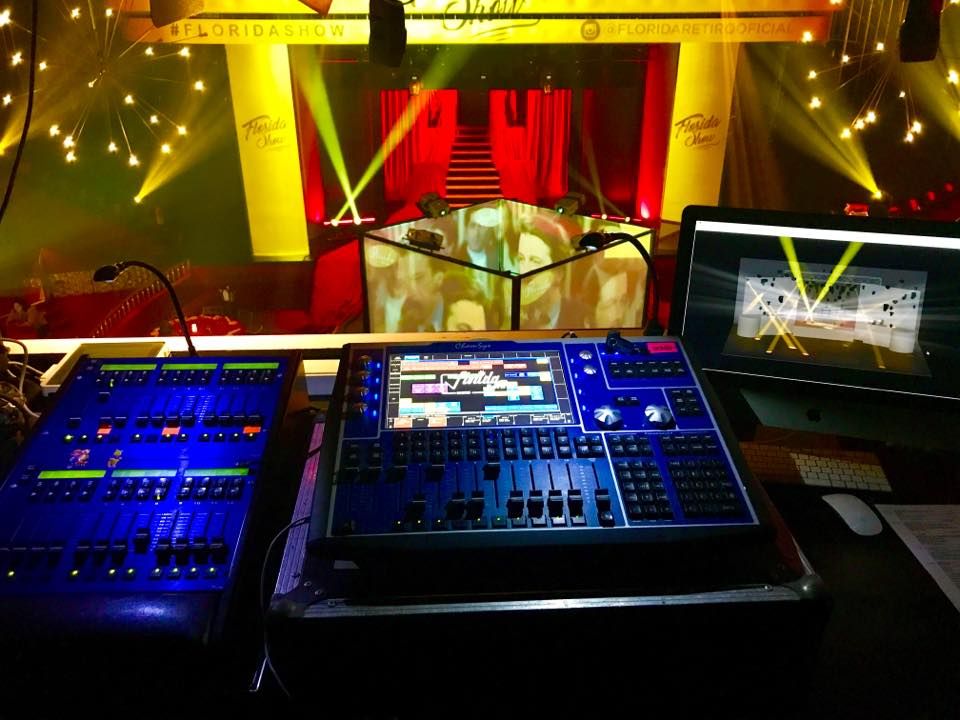




 The 68,000-seat stadium serves as the home to Atlético Madrid, but on Saturday June 29, it played host to another of Spain’s national treasures when it welcomed singer Manuel Carrasco who appeared there as part of his 35-date “The Cross of the Map” tour. Fans who packed the stadium were immersed not only in the emotional power of the star’s vocals, but also by the sweeping visuals that Jvan Morandi ran from a control center powered by no fewer than six ChamSys desks including two
The 68,000-seat stadium serves as the home to Atlético Madrid, but on Saturday June 29, it played host to another of Spain’s national treasures when it welcomed singer Manuel Carrasco who appeared there as part of his 35-date “The Cross of the Map” tour. Fans who packed the stadium were immersed not only in the emotional power of the star’s vocals, but also by the sweeping visuals that Jvan Morandi ran from a control center powered by no fewer than six ChamSys desks including two  Helping Morandi weave this intricate light and video tapestry together were his ChamSys consoles. He used his two
Helping Morandi weave this intricate light and video tapestry together were his ChamSys consoles. He used his two  Another feature of the ChamSys consoles that Morandi has been placing a premium on is their versatility. Carrasco’s “The Cross of the Map” tour is very aptly named, as the show has been crisscrossing the Iberian Peninsula with a passion.
Another feature of the ChamSys consoles that Morandi has been placing a premium on is their versatility. Carrasco’s “The Cross of the Map” tour is very aptly named, as the show has been crisscrossing the Iberian Peninsula with a passion.
 Adding a lighthearted touch of drama to the proceedings was a short skit presented by company team members on the history of ChamSys. The skit recounted how company cofounder Chris Kennedy developed his first console at the age of 10. Telling the story of a young man with big dreams, the skit showed how Kennedy achieved something beyond even his wildest imagination years later when an award-winning ChamSys console was used by Art & Yes to control a record-breaking 64,000 parameters over 186 universes directly without processing nodes.
Adding a lighthearted touch of drama to the proceedings was a short skit presented by company team members on the history of ChamSys. The skit recounted how company cofounder Chris Kennedy developed his first console at the age of 10. Telling the story of a young man with big dreams, the skit showed how Kennedy achieved something beyond even his wildest imagination years later when an award-winning ChamSys console was used by Art & Yes to control a record-breaking 64,000 parameters over 186 universes directly without processing nodes. Following his “acting performance,” Kennedy treated guests to a preview of the new
Following his “acting performance,” Kennedy treated guests to a preview of the new 